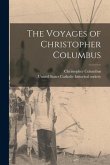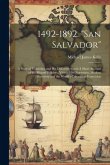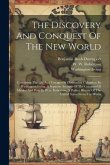On October 12, 1492, Christopher Columbus set foot on the shore of a new island in a New World, the first part of America seen by any European since the time of the Vikings. Columbus named that island San Salvador, but the gentle Lucayan people who lived there called it Guanahani. Less than three days later, Columbus sailed away from Guanahaní, never to return. The events of those days, on that island, forever altered the course of human history in ways that we are still feeling today. But as Columbus's three ships disappeared over the horizon, the island of Guanahani itself faded into the mists of time. For five hundred years, the location and identity of Guanahani remained a mystery. For the last two hundred years, the actual site of Guanahani, Columbus's first landfall, has been the subject of controversy. Dozens of historians, geographers, and mariners have claimed to know the answer - or claimed that the answer was unknowable. And though all agree that it was somewhere in the Bahamas, ten different islands have been proposed as Guanahaní at various times by various theorists. The range of subjects bearing on this mystery is extraordinarily broad: anthropology, astronomy, botany, cartography, metrology, geomagnetism, oceanography, and seamanship are just some of the topics that a serious student of the problem must be prepared to grapple with. Most of the historical evidence rests on a foundation of documents in handwritten sixteenth century Spanish, plus a few place names in the lost language of the Lucayans. This book is the story of that mystery and of those who tried to solve it. It is the story of how the scientific method can be successfully applied to historical problems. And in a small way it is also the author's story, because he was one of the detectives who cracked the case.
Hinweis: Dieser Artikel kann nur an eine deutsche Lieferadresse ausgeliefert werden.
Hinweis: Dieser Artikel kann nur an eine deutsche Lieferadresse ausgeliefert werden.

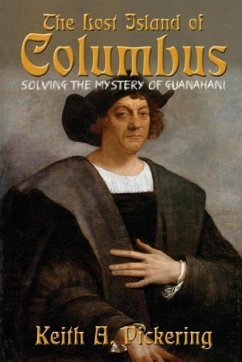
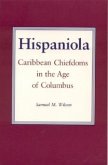
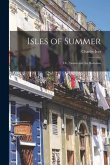
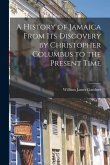
![The Early Peopling of America, and Its Discovery Before the Time of Columbus [microform] The Early Peopling of America, and Its Discovery Before the Time of Columbus [microform]](https://bilder.buecher.de/produkte/65/65567/65567188m.jpg)
